An "Enharmonic Equivalent" is where a musical pitch can have different names depending on the context in which it is functioning. An example is G# produces the same pitch as Ab but have different standard notations when written in music.
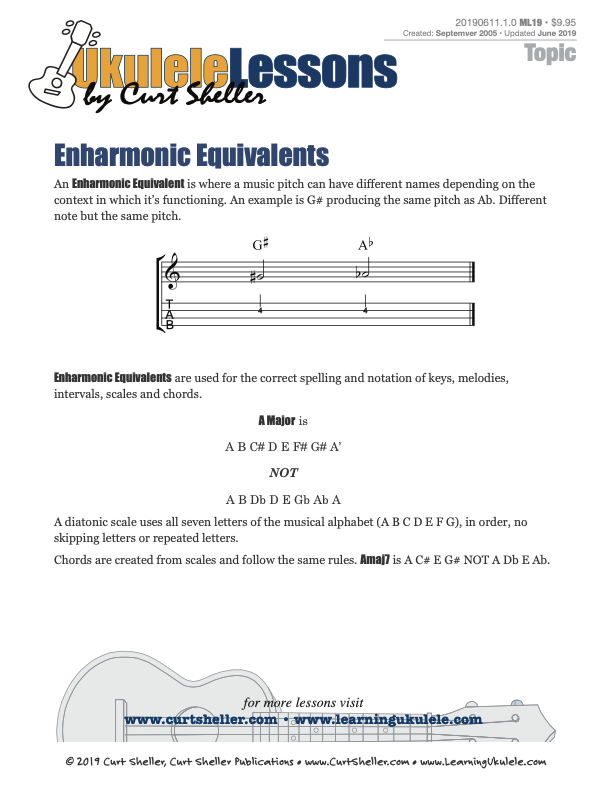
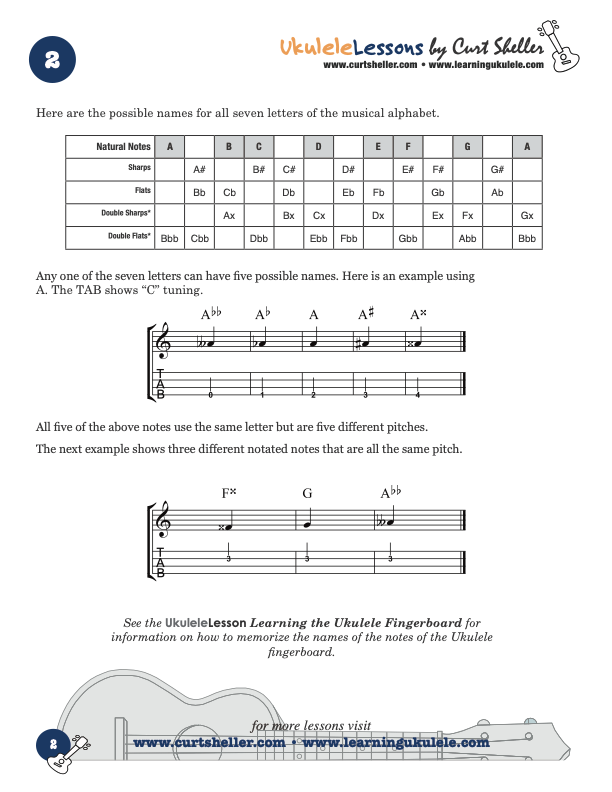


An Enharmonic Equivalent is where a musical pitch can have different names depending on the context in which it is functioning. An example is G# produces the same pitch as Ab.
- A# <=> Bb
- B# <=> C
- C# <=> Db
- D# <=> Eb
- E# <=> F
- F# <=> Gb
- G# <=> Ab
- Ab <=> G#
- Bb <=> A#
- Cb <=> B
- Db <=> C#
- Eb <=> D#
- Fb <=> E
- Gb <=> F#
An Enharmonic Equivalent is where a musical pitch can have different names depending on the context in which it is functioning. An example is G# produces the same pitch as Ab.
- A# <=> Bb
- B# <=> C
- C# <=> Db
- D# <=> Eb
- E# <=> F
- F# <=> Gb
- G# <=> Ab
- Ab <=> G#
- Bb <=> A#
- Cb <=> B
- Db <=> C#
- Eb <=> D#
- Fb <=> E
- Gb <=> F#
Enharmonic Equivalents

C♯
C♭
Related Lessons, Videos, Lesson Series, Songs, Books & Reference Charts, Resources & Assets, Workshops are below.

An interval is the distance between two notes. An interval has a name and a type. Intervals can be played one note (melodic) or two notes (harmonic) at a time, ascending or descending. Simple and Compound Intervals are taken from a major scale. Chromatic Intervals are NOT taken from a major scale. They are derived from the diatonic intervals.
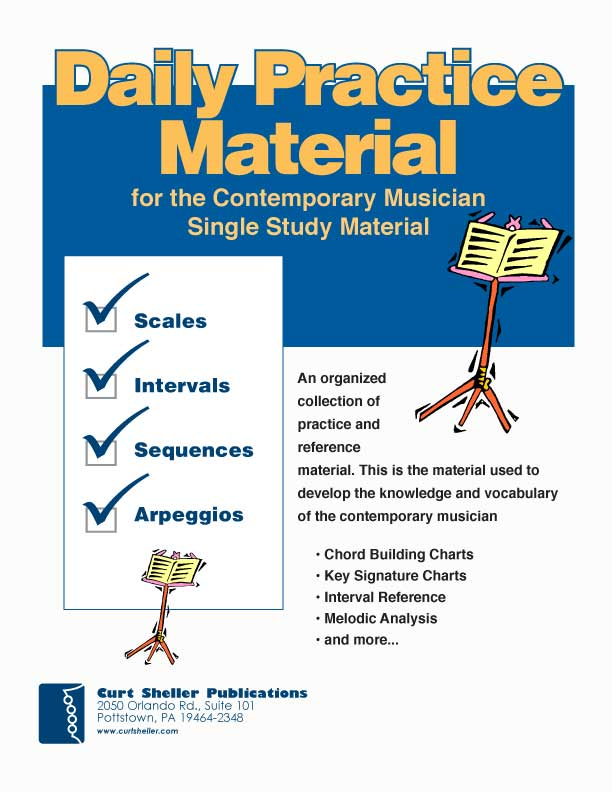
Daily Practice Material for the Contemporary Musician is an organized collection of daily practice and reference material for the contemporary ukulele player. This material can be used to develop the vocabulary and knowledge necessary for single note playing.

Finally, learn the names of the notes of the ukulele fingerboard in C tuning .

Learn the six fingering principles to navigating the ukulele fingerboard. Fingering is one of the most universal topics. Book: Six Secrets of the Ukulele Fingering

Harmonic Analysis is the understanding of the functional sequence of chords. It is the process used to analyze the harmonic structure of a progression, song or composition. Book: Harmonic Analysis for Scale Selection and Chord Substitution

Learn to read single note melodies in the first/open position is a lot easier than you might think. Book: Ukulele – Reading Music Series – Primer

An organized collection of daily practice and reference material for the contemporary ukulele player for developing the vocabulary and knowledge necessary for single note playing. Book: Daily Practice Material for the Contemporary Ukulele
Checkout the Books & Reference Charts for additional Handy, Dandy Reference Charts.

Ukulele Fingerboard Chart for C Tuning, Low or High G – G C E A

Ukulele Fingerboard Chart for G Tuning, Low or High A – D G B E

A handy reference chart of all 15 major and relative minor key signatures. US Letter 8.5 x 11 sized (ANSI-A), A4
Checkout the Books & Reference Charts for additional Handy, Dandy Reference Charts.




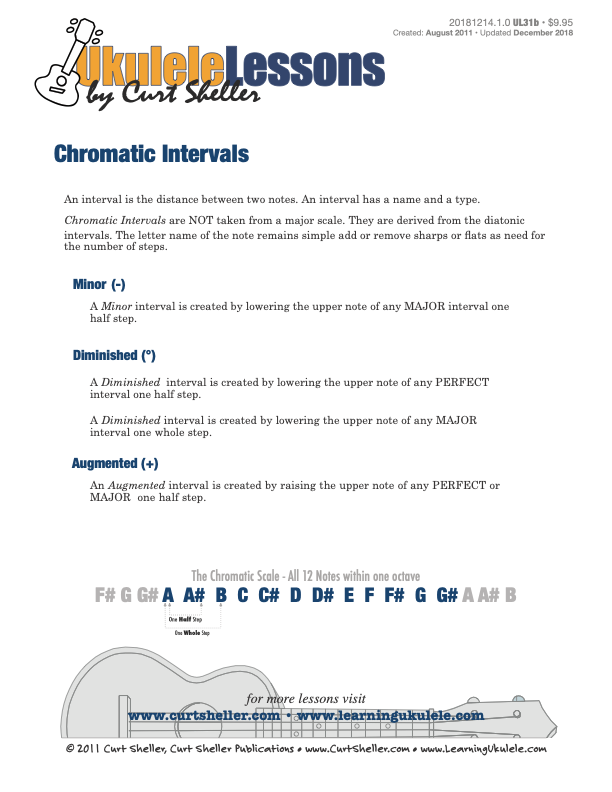
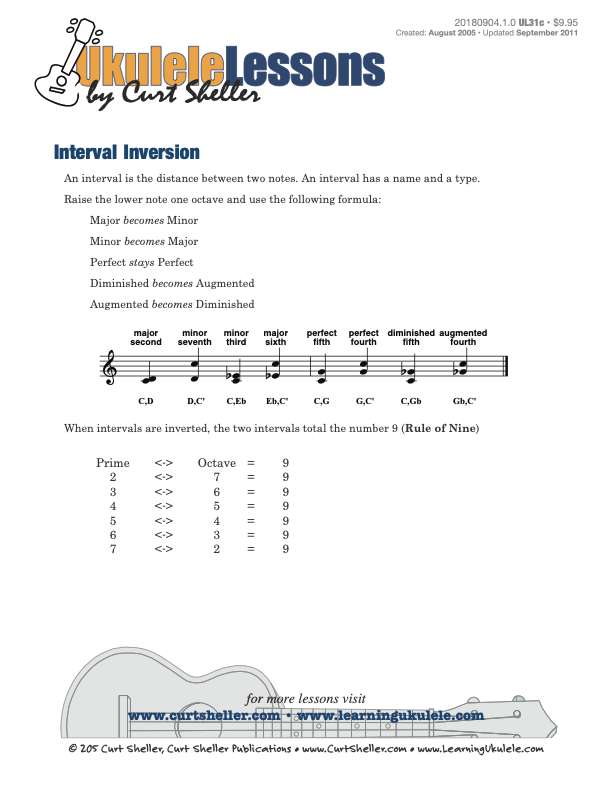

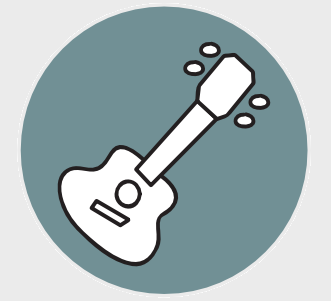
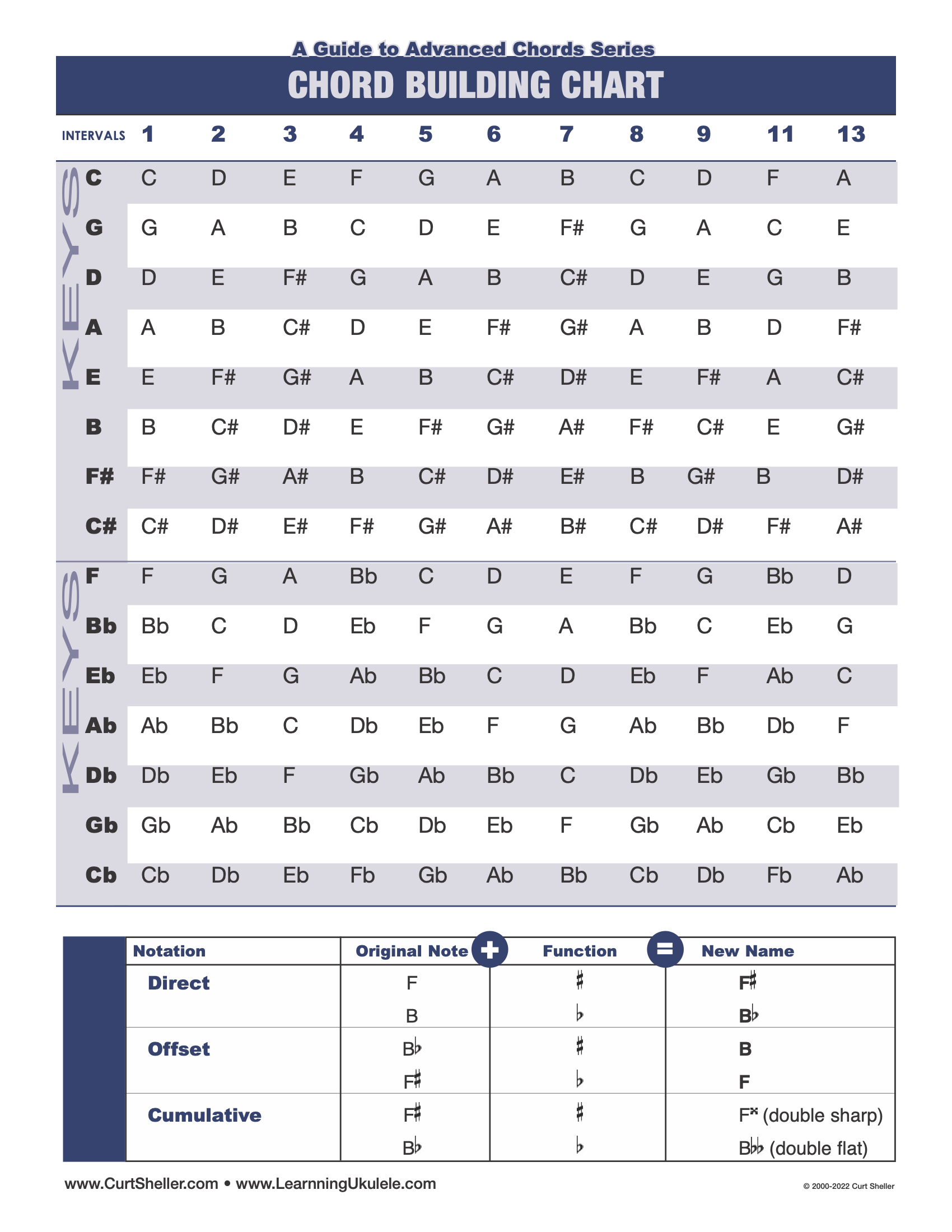

.jpg)